The United States has a lot of board games. Some popular ones are Monopoly, Dungeons and Dragons, Uno, Clue, Risk, the list goes on … but wait, Clue was first made in London, and Risk is French … so what games really are American made? What are some fun games that are incredibly popular in the U.S. that were originally made in other countries? Looking at the origin, history and distribution of these classic games, we can better understand how and why they became and remain so popular.
A great example is Battleship. This fun, strategic game, which millions of Americans play, did not originate in America. It is believed to either have been played by French officers during World War 1 (WW1), or played by Russians before WW1. Exactly how the game of Battleship arrived in the U.S. is unknown, but it was played in America in the 1960s. In 1967, Milton Bradley, an American businessman issued his own version of the game, with similar rules, but instead of paper and pencil, it was made with plastic Safe to say, a great game, but Battleship does not have American origins. (Military Times)
Risk is not meant to be a complicated game most of the time. It was created by a French Filmmaker named Albert Lamorisse in 1957 meant to have simple rules but complex interactions. He called it La Conquête du Monde (The Conquest of the World). It was purchased by the Parker Brothers not long after it was created, and in 1959, it was sold in the U.S known as Risk with one main change to the rules, by limiting defenders to using no more than 2 dices in combat so there is more balance in combat. It became one of the first popular games involving strategy, diplomacy, conflict and conquest. Risk is also the most likely progenitor to many other strategy games, such as Avalon Hill’s Axis and Allies and the Settlers of Catan. (Museum of Play)

What about Bingo? It can safely be said that nearly everyone has played Bingo. Whether at home or school, Bingo is a fun and easy game to play with family or friends. Bingo is a very popular game, having tons of variations, but again, not American made. Bingo is believed to have been invented in Italy, as a variation of the Italian lottery back in the 16th century. It was popularized in 1929 by a New York toy salesman Edwin S. Lowe after he came across the game at a fair in Jacksonville, Georgia. When he first saw the game, it was played using beans and boards, called “Beano.” He took this idea back to his home, where he taught his friends how to play, and as legends say, it got its name Bingo because his friends kept saying “Bingo” when they won instead of “Bingo” (Museum of Play)
Now one game that originated in American is Monopoly. Monopoly is a fun game where players move around the board buying, selling and developing land and amassing wealth. While some may not have played a full game due to the amount of time you need to play, most everyone has heard of it and has seen the mascot of Mr. Pennybags, dressed in a tophat and morning suit. Monopoly originates from the game called the Landlords game, made by Lizzie Magie. Eventually, the Parker Brothers bought the game in the 1930s, and they started producing the game, under the name Monopoly, with the locations being based off different spots in Atlanta City, New Jersey. In 1991, it was purchased by Hasbro, who started to mass produce the game and other versions. (Britannica)

Clue has always been a great boardgame. It is a murder mystery, where your goal is to figure out who killed someone, where the murder happened, and the weapon used by the murderer. During World War 2 (WW2), British Musician Anthony Pratt created a game based on murder mystery scenarios he had seen unfold in European country mansions, where he played prior to WW2. Between 1943 and 1945, he would spend nights making characters, weapons and designing the board with his wife, Elva. In 1947, Pratt patented the game, and sold it to a U.K game manufacturer named Waddington’s and Parker Brother’s, but is now owned by Hashbro. By 1949, it was being mass produced as Cluedo in the U.K, and as Clue in the U.S (Museum of Play)
Scrabble is a board game with words, and if you have a big vocabulary and can spell, than you can win. Scrabble has become so popular, that there are championships for it all around the world and in multiple languages. Scrabble originated in the U.S. under the name of Criss Cross by architect Alfred M. Butts (Yes, that is their real name, Google it if you want) in 1931, and was redesigned and renamed to Scrabble in 1948 by James Brunot. It was first sold in Great Britain in 1954. Scrabble tournaments have been played in the U.S since 1973.(Britannica)

Dungeons and Dragons is one of the most popular role playing games in the world. It was created by Gary Gygax from Lake Geneva, as a variation of a popular game, Wargames. Wargames was a game where you would replay different battles from wars. Gary Gygax decided that in his game, he would use a bag of 20 chips, with different numbers on each one. He used this system until he found a 20 sided dice, which he decided would work much better. His first game was called Chainmail, which had magic in it. Fans of Wargames did not like the use of magic, so Gygax and a friend he had met at Gen Con, which is the largest tabletop gaming convention in the U.S. There, Gygax met Dave Arneson, created Dungeons and Dragons, which instantly hit a roadblock. They were turned down by a Wargames publisher, so they made copies from Gygax’s basement, where they sold their first 1000 rulebooks in 10 months. They continued making copies, and in the 1980, Gygax did not like where the company was going, so he sold his shares and left the company, where Arneson was able to bring it to its success until it was brought by Wizards of the Coast in 1997. (Wisconsin 101)
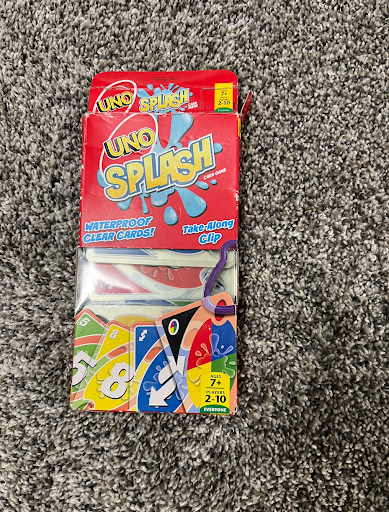
Finally, the most popular card game of all time: Uno. Uno is currently owned by Mattel Games, and was created in the U.S. by a barber. The Robbins family of Reading, Ohio, decided to make the game due to their love of card games. It was easy to learn, fast and fun, so they started making copies, calling it Uno after the main rule. Merle Robbins started seeling the game out of his barber shop, and it quickly sold out. It was later bought by Bob Tezak, who changed the box to make it more appeling to buyers and changed the cards from normal playing cards to the Uno cards we know today. He started mass producing and distributing Uno around the world, where it quickly gained popularity. It was bought by Mattel in 1996, and was the best named selling card game in 2017. (Museum of Play)
Next time you find yourself at a table playing one of these classic board and card games, or even playing an online adaptation, take a minute to appreciate the origin and history of these great, fun, and entertaining games of skill, strategy, and luck, and don’t just think that every game is just made in the U.S, but there will always be more history behind the simplest of games.







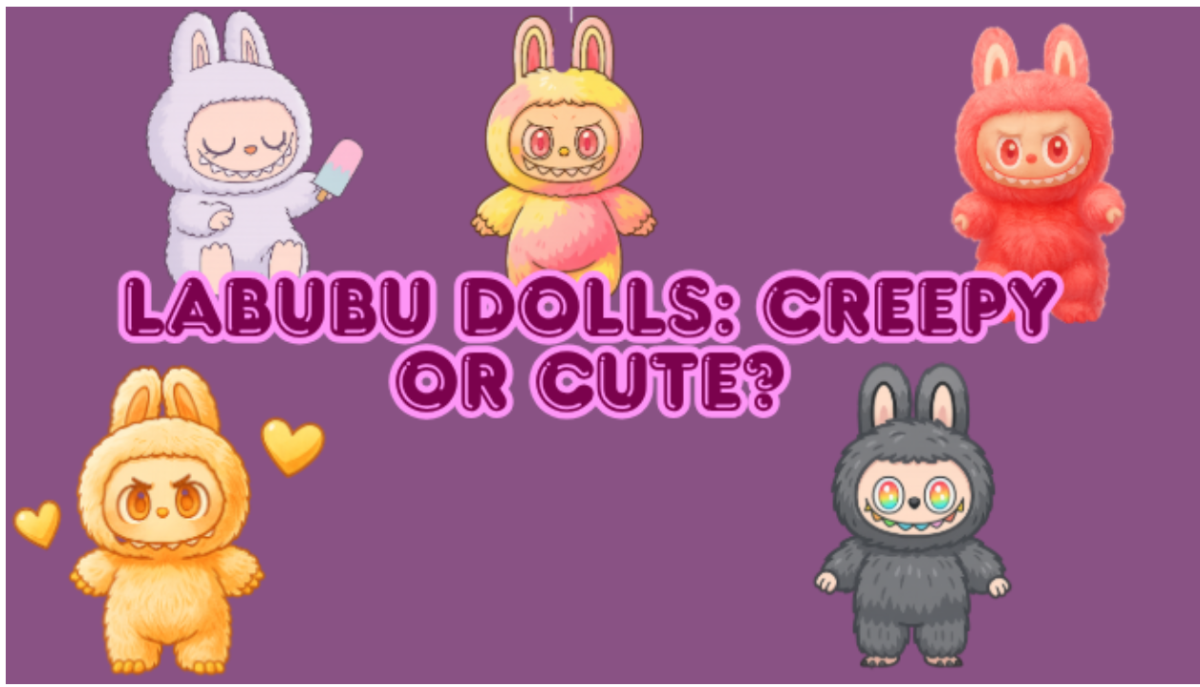

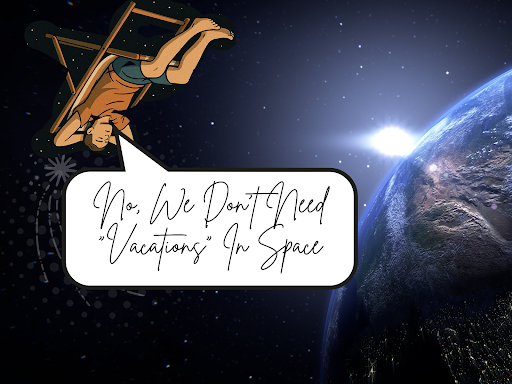

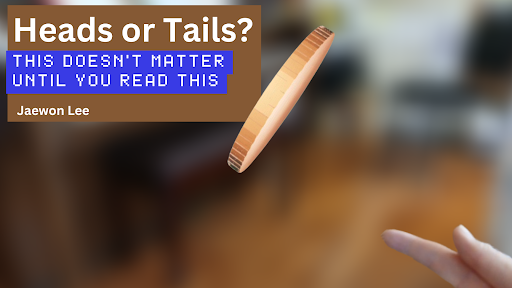
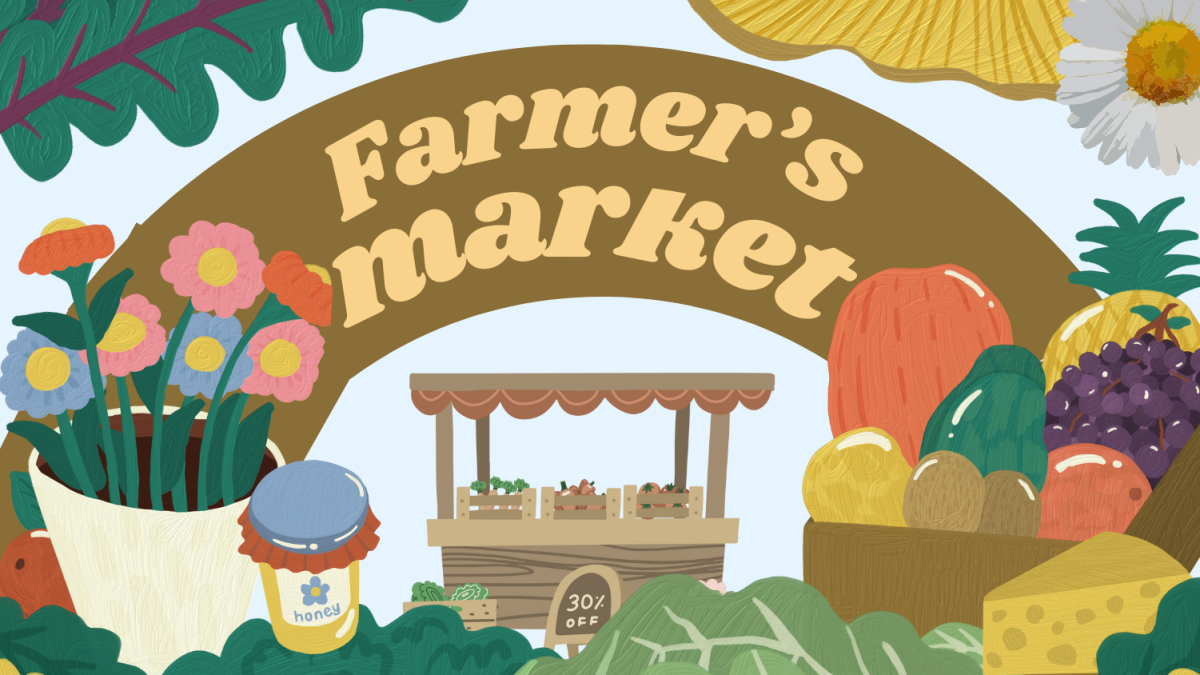


Danielle Twigg • May 30, 2025 at 6:10 pm
Great article, Noah. It brings back a lot of childhood memories!